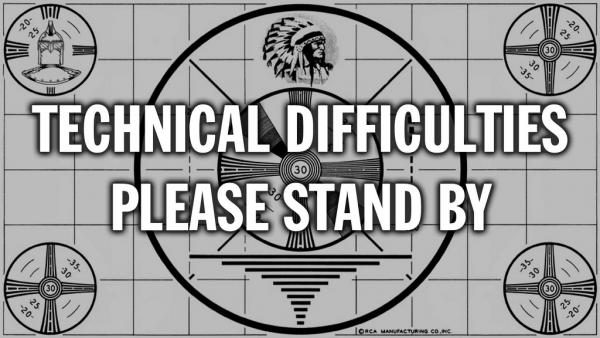Is Your TV Green?

Whether you are saving the planet or saving your wallet, you ask, instead of running the dryer, should I use a clothes line? Instead of an electric blanket, how about long johns? Heat pumps? Energy Star? Electricity consumption is a big deal, and until they sort out that whole fission thing, those energetic pixies won't be getting any cheaper.
So, how much power do TVs consume? LED-based LCD televisions are more energy efficient than your old CRT and plasma televisions, but that advantage can be undercut depending on the LED model. On average, an LED TV consumes 58.6 watts when on, and 1.3 watts in standby mode. On average, that accounts for 106.9 kWh of electricity per year, and using a typical electricity rate, costs $16.04 annually. Pretty cheap. But there are some variables to consider.
As you might expect, the bigger the screen (more pixels), and the greater the resolution (also more pixels), the greater the energy draw. On average, a 19-inch TV draws 16.5 watts ($4.86 annually) while a 75-inch TV draws 114.5 watts ($30.50 annually). On average, a 720p TV draws 25.5 watts ($6.50 annually), while a 2160p TV draws 80 watts ($22.73 annually). Of course, the annual cost to run a TV greatly depends on how many hours it's turned on. When running their numbers, government agencies and manufacturers assume the TV is used 5 hours per day.
Let's put this in perspective. A TV that uses 206 kWh annually is equivalent to running a compact refrigerator for a year, or running a washing machine for 6 months, or boiling a kettle 2,922 times. So, while a TV is not an energy hog, its electricity usage is not trivial. Let's also consider that the average home has 2.5 TVs, and 31% of homes have more than four TVs. And no TV viewing experience is complete without a kick-ass audio system, also burning some watts, as do the cable box, router, etc.... It all starts to add up.
If you have a large, high-resolution screen and you watch a lot of TV, rest assured that you are not solely responsible for trashing the planet. However, you are burning more pixies than most other viewers. If you want to lower your TV carbon footprint, unplug the TV when you're not watching it or use a smart outlet, reduce screen brightness, make sure local dimming is active, and if your TV has an Energy Star preset it will place your TV in its most energy efficient mode. Finally, obviously, you can always watch less TV.
Okay. Now, we need to talk about your gas stove.





























































